Premium Only Content
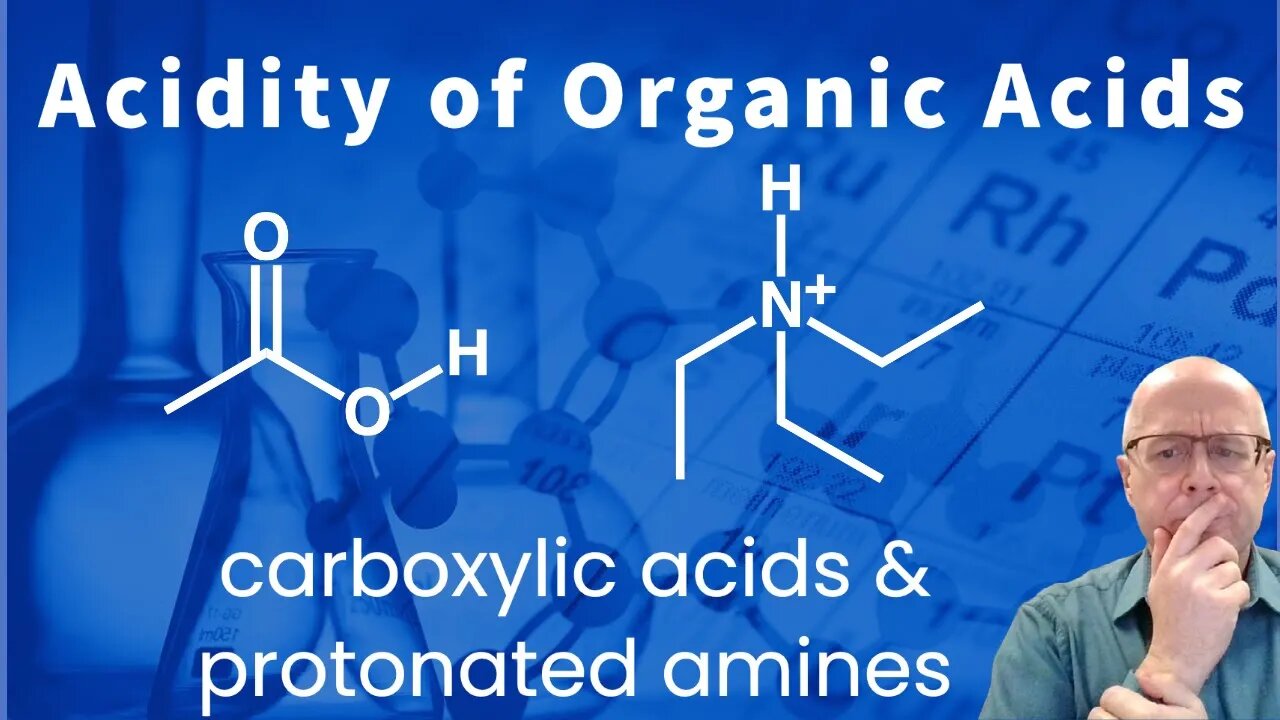
Organic Chemistry Acidity Problem: Deprotonating an Organic Acid
In this video I will demonstrate the deprotonation of a carboxylic acid and a protonated amine. I will also do the resonance forms for any conjugate base that has the ability to resonate. In organic chemistry I (Intro to organic chemistry) it is important to be able to identify the acidic protons (hydrogens) and be able to predict how strong or weak the conjugate base will be. An important factor that effects the conjugate base is resonance. If a conjugate base resonances it is likely to be less basic and therefore more stable in water. Remember the stronger the acid the weaker the conjugate base. Strong acids have weak conjugate bases. Strong bases have weak conjugate acids. Acids and bases are important. I wish you all success in organic chemistry.
Being able to push arrows and draw resonance forms is a critical skill that you must learn to be successful in organic chemistry. Performing acidity practice problems will help you be successful in organic chemistry.
This video is part of a series called How to be Successful in Organic Chemistry. It this series I go over numerous problems that a student could expect to see in there organic chemistry 1 course. Doing organic chemistry practice problems will make you more successful in organic chemistry and biochemistry.
I recommend that you download the problem from the link below and attempt the problem yourself and use this video to correct your work.
Download the problem from this video at the following link:
https://www.dropbox.com/s/ao43k8fnx2otcfr/aciditydeprotonate%20an%20acid%20water%20mark.pdf?dl=0
Good Luck and Good Chemistry!
Please subscribe to my channel by clicking the link below!
https://www.youtube.com/c/AllInwithDrBetts?sub_conformation=1
Like this video and leave a comment below!
#resonance #acids #bases
#organicchemistry
#organiccompounds
#organicproblems
#organictutor
#simpleresonance
00:00 Introduction
00:23 What is an acid? What is a base?
00:33 Deprotonation of a Carboxylic Acid
01:48 Deprotonation of a protonated amine
02:18 Conclusion
-
 3:21
3:21
Chemistry Tutor
2 years ago $0.04 earnedNursing School Math Problems: Milliters of Amoxicillin per Day to Total Milligrams of Amoxicillin
155 -
 7:17
7:17
Chemistry Tutor
2 years agoOrganic Chemistry Acidity Problem: Explain the pKa Difference Acetic Acid & Chloroacetic acid
175 -
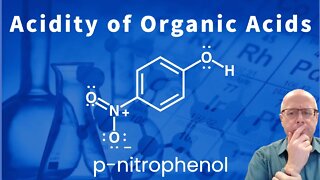 4:54
4:54
Chemistry Tutor
2 years agoOrganic Chemistry Acidity Problem: Deprotonating and Resonance of the Phenoxide Anion
68 -
 6:40
6:40
Chemistry Tutor
2 years agoOrganic Chemistry Acidity Problem: Explain the pKa Difference Methane vs water
210 -
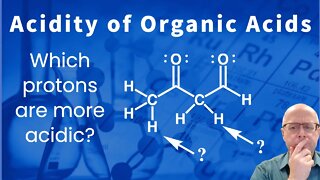 5:15
5:15
Chemistry Tutor
2 years agoOrganic Chemistry Acidity Practice Problem: Comparing Acidity of Protons on a Single Molecule
169 -
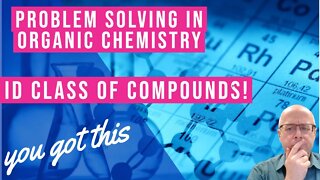 5:54
5:54
Chemistry Tutor
2 years agoOrganic Chemistry Classes of Compounds Problem Solved
73 -
 2:59
2:59
Chemistry Tutor
2 years agoOrganic Chemistry Orbital Overlap Problem: Formaldehyde (carbonyl) sp2
167 -
 4:23
4:23
Chemistry Tutor
2 years agoOrganic Chemistry Orbital Overlap Problem: Acetylene (triple bond) sp
101 -
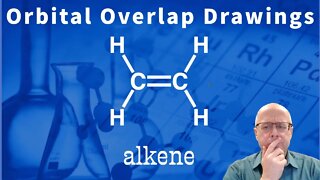 3:38
3:38
Chemistry Tutor
2 years agoOrganic Chemistry Orbital Overlap Problem: Alkene (double bond) sp2 Ethylene
77 -
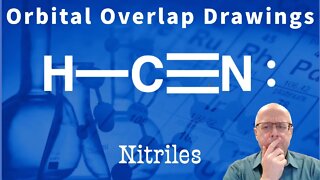 2:34
2:34
Chemistry Tutor
2 years ago $0.01 earnedOrganic Chemistry Orbital Overlap Problem: Hydrogen Cyanide (nitrile) sp carbon
111